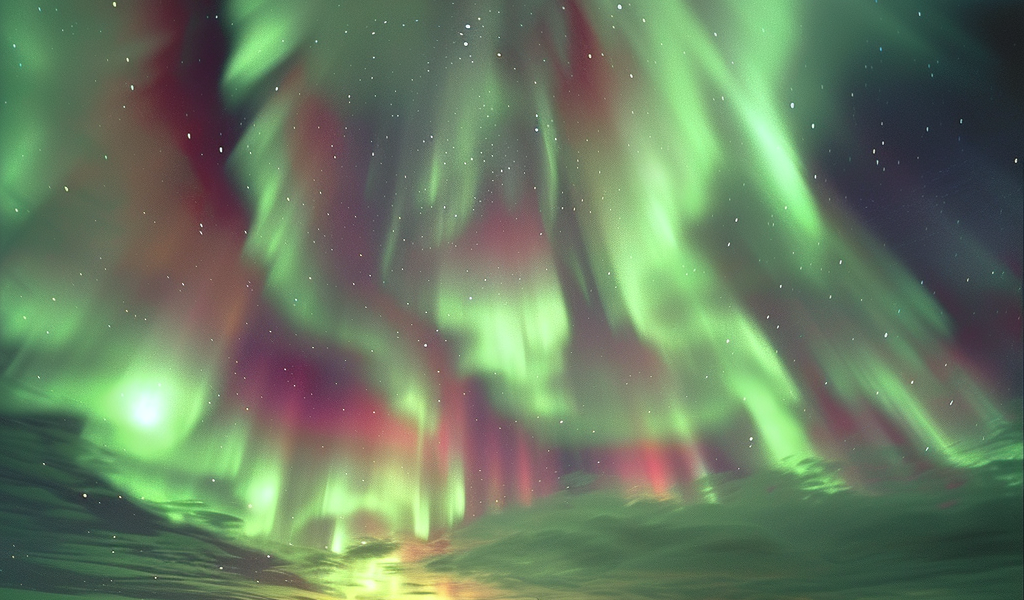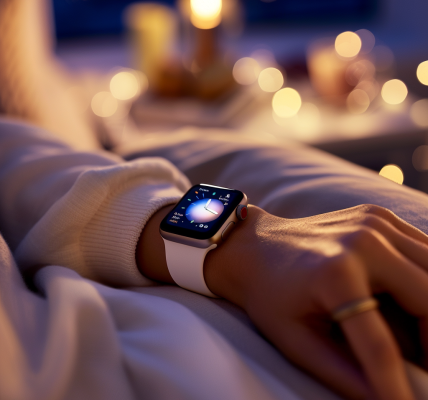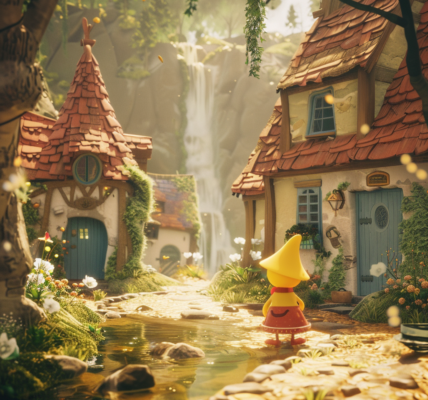If you’re hoping to capture the mesmerizing beauty of the Northern Lights this weekend, your smartphone could be your best ally. The aurora borealis, known for its stunning display of greens, reds, and blues, is typically visible in northern latitudes such as the Arctic and Antarctic Circles. However, recent solar activity suggests that this weekend might offer a rare opportunity for those in lower latitudes, including parts of the U.S.
To maximize your chances of capturing this natural phenomenon, it’s crucial to be prepared. The first step is to find a dark sky location, away from city lights, which can obscure the view of the auroras. Utilizing resources like NOAA’s Aurora Dashboard can help you determine the best viewing times and locations.
Smartphones have advanced significantly in recent years, making them surprisingly effective for photographing the Northern Lights. Even when the auroras are too faint to see with the naked eye, the sensitivity of smartphone cameras can often pick up these ethereal lights. This is particularly useful in areas where light pollution is prevalent.
One of the most effective techniques for photographing the Northern Lights with a smartphone is to take long-exposure shots. This allows your camera to gather more light over a few seconds, revealing the colors that might otherwise go unnoticed. When editing your photos, it’s essential to avoid oversaturation, as this can lead to images that look unrealistic.
Steps to Photograph the Northern Lights with Your Smartphone
- Activate Night Mode: Most smartphones come equipped with a Night Mode that enables longer exposures. Aim for exposures between five to ten seconds to capture the best details.
- Use the Primary Lens: Stick with your phone’s primary lens rather than the super-wide lens, which often produces inferior results in low-light conditions.
- Stabilize Your Camera: Use a basic smartphone holder or a small tripod to avoid camera shake, ensuring sharp images.
- Shoot in RAW: If your phone allows it, shooting in RAW format can help you make more effective edits later on.
For DSLR or Mirrorless Camera Users
If you’re equipped with a DSLR or mirrorless camera, you can achieve even higher quality images of the Northern Lights. Here are some tips to enhance your photography experience:
- Utilize a Tripod: A sturdy tripod is essential to prevent camera shake and enhance detail in your images.
- Shoot in RAW Format: This will make post-processing much easier, allowing you to bring out the best in your photos.
- Use a Wide-Angle Lens: A lens with a focal length of around 14mm is ideal for capturing expansive views of the auroras.
- Set Manual Focus: Adjust your lens to focus on infinity to ensure that the auroras are sharp and clear.
- Choose a Low f-Number: Setting your aperture to a low f-number, such as f/2.8, will allow more light to enter the camera, which is crucial for low-light photography.
With the right preparation and techniques, capturing the Northern Lights can be a rewarding experience. Whether you’re using a smartphone or a professional camera, these tips will help you make the most of this natural spectacle. As the weekend approaches, be sure to keep an eye on the aurora forecasts and get ready for an unforgettable night under the stars.





